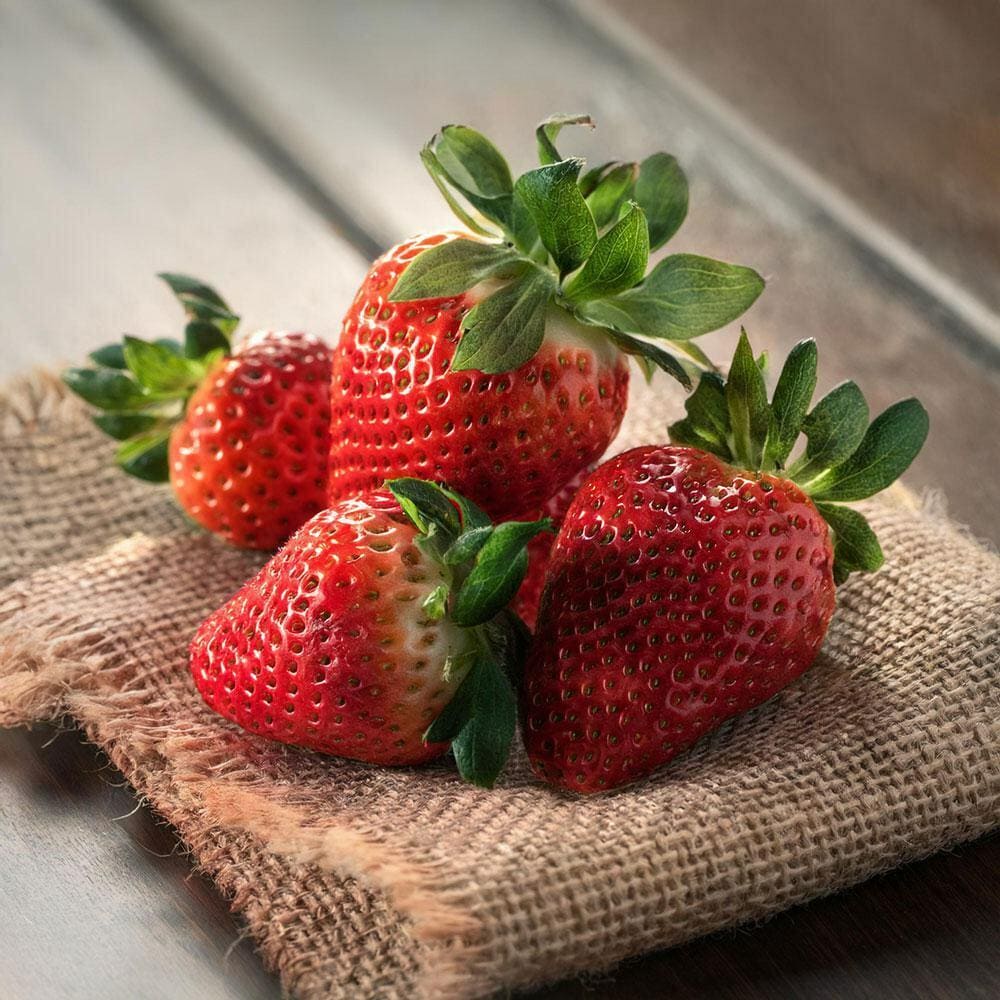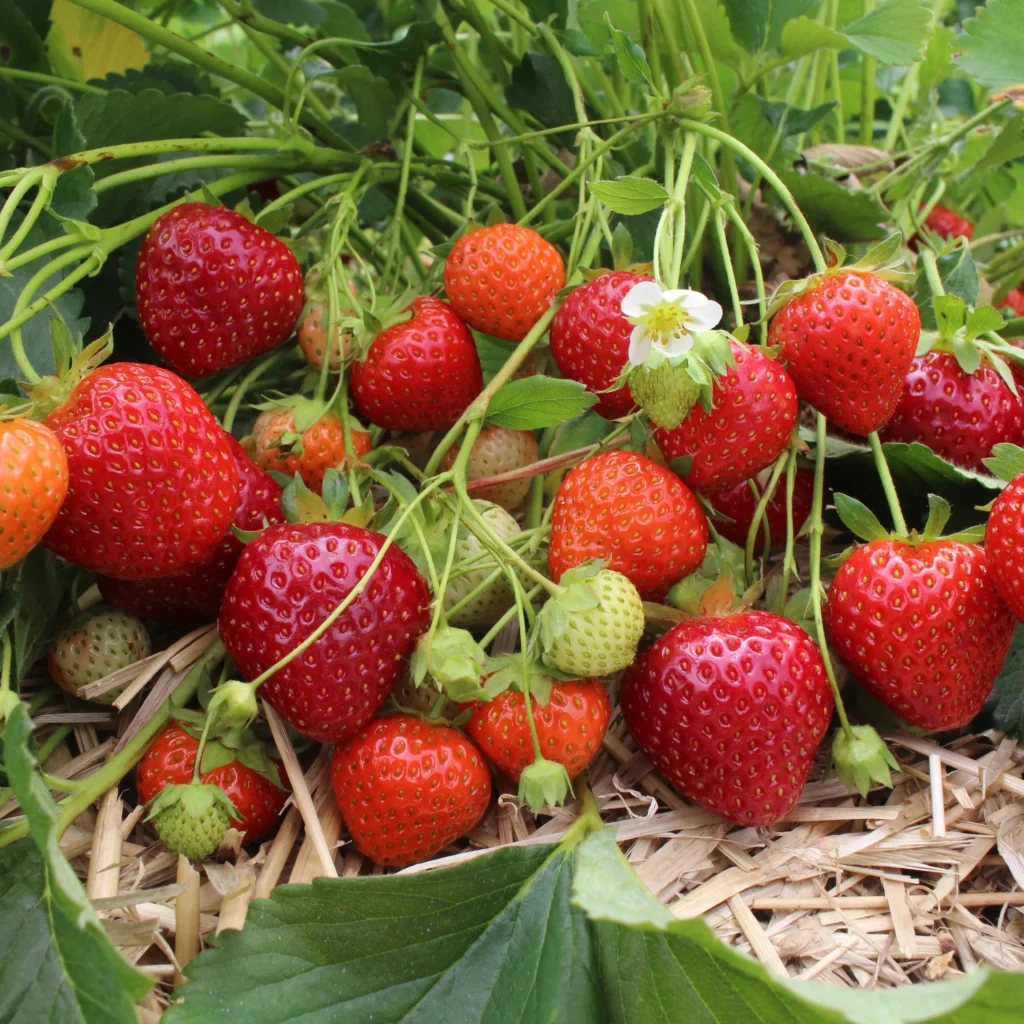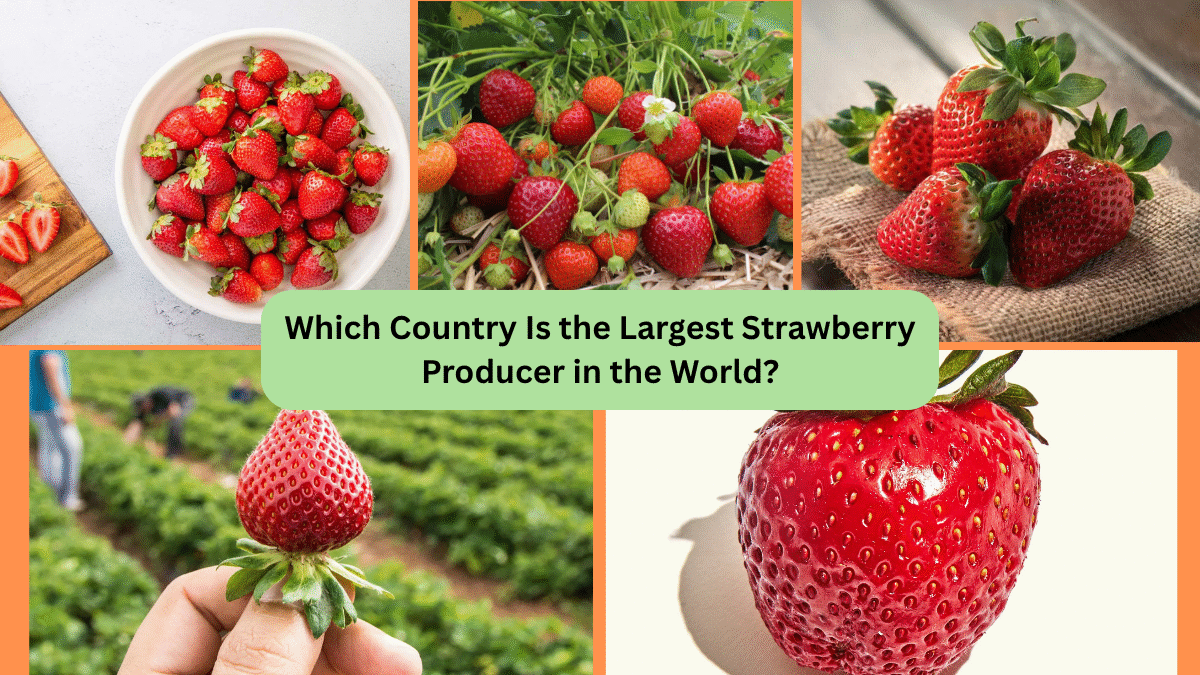Sweet, juicy, and irresistibly vibrant — strawberries are among the world’s most beloved fruits. Whether enjoyed fresh, dipped in chocolate, blended into smoothies, or turned into jams and desserts, strawberries hold a cherished place in kitchens, markets, and gardens across the globe. But have you ever wondered which country leads the world in producing these delightful berries? Let’s dive into the colorful world of strawberry farming, global production trends, and discover which nation reigns supreme in strawberry cultivation.
A Brief History of Strawberries

Strawberries have been enjoyed by humans for thousands of years. Wild varieties (Fragaria vesca) were gathered and consumed by ancient civilizations in Europe and the Americas. However, the modern large-fruited strawberry (Fragaria × ananassa) we recognize today was developed in the 18th century in France, as a hybrid between North American and Chilean strawberry plants.
Since then, strawberry cultivation has spread across temperate and subtropical regions worldwide, favored for its rich flavor, appealing color, and nutritional benefits. Strawberries are high in vitamin C, antioxidants, manganese, and fiber, making them as healthy as they are delicious.
Global Strawberry Production Overview
Strawberries are one of the most popular berries globally, with increasing demand driven by their versatility in desserts, beverages, health products, and cosmetics. According to data from the Food and Agriculture Organization (FAO), global strawberry production surpassed 9.3 million metric tons annually in recent years.
While many countries contribute to strawberry production, a select few lead the global market — and one nation towers above them all.
The Largest Strawberry Producer in the World: China

When it comes to strawberry production, China stands firmly at the top of the list. In fact, China is the largest strawberry producer in the world, accounting for nearly 40% of the total global output.
Quick Production Stats:
- China’s annual strawberry production: Over 3.4 million metric tons
- Percentage of global production: Approximately 36-40%
- Key strawberry-growing provinces: Shandong, Hebei, Liaoning, Zhejiang, and Sichuan
- Major strawberry varieties: Sweet Charlie, Hong Yan, Zhang Ji, and Benihoppe
Why Is China the Top Strawberry Producer?
Several factors contribute to China’s dominant position in the global strawberry market:
Extensive Agricultural Land
China’s vast land resources and diverse climates provide ideal conditions for growing strawberries in multiple regions, from the cool northern provinces to the subtropical south.
Year-Round Production
Advanced farming techniques, including greenhouse cultivation, plastic tunnel farming, and hydroponics, allow Chinese farmers to grow strawberries year-round. This not only boosts annual production but also ensures consistent supply to both domestic and export markets.
Strong Domestic Demand
Strawberries are immensely popular in China, frequently consumed fresh, in desserts, and as luxury gifts during festive seasons. The country’s large population creates robust internal demand, which fuels the growth of strawberry farming.
Government Agricultural Policies
China’s government actively supports modern farming initiatives, infrastructure upgrades, and market expansion for high-value crops like strawberries, making it easier for growers to invest in better technology and larger-scale production.
Other Top Strawberry-Producing Countries

While China leads globally, several other nations also play critical roles in the strawberry industry:
United States
The United States is the world’s second-largest strawberry producer, with an annual output of around 1.2 million metric tons. The U.S. also holds the title for the largest exporter of fresh strawberries, with major shipments to Canada, Mexico, and Japan.
California dominates U.S. strawberry production, accounting for nearly 90% of the nation’s output. Thanks to its ideal Mediterranean climate, California boasts one of the longest strawberry growing seasons in the world.
Florida is another key strawberry-producing state, focusing on winter production when California’s harvest slows down.
Mexico
Mexico ranks third globally, producing around 800,000 metric tons annually. The country’s strawberry industry has expanded rapidly in recent years, largely due to high demand from the U.S. and Canada. Mexican strawberries are primarily grown in Michoacán, Baja California, and Guanajuato.
Turkey
Turkey is one of Europe’s leading strawberry producers, harvesting over 500,000 metric tons each year. The Mediterranean climate in regions like Mersin, Aydın, and Antalya makes it ideal for both open-field and greenhouse strawberry farming.
Spain
Spain rounds out the top five, producing about 350,000 metric tons annually. The southern province of Huelva is the heart of Spain’s strawberry production, particularly renowned for early-season exports to European markets in late winter and spring.
Popular Strawberry Varieties Around the World
Strawberry growers around the world cultivate dozens of unique varieties, each offering different flavors, sizes, shapes, and harvest times. Some of the most popular commercial varieties include:
- Albion: Sweet, firm, and ideal for long-distance shipping.
- Sweet Charlie: Early-bearing and exceptionally sweet.
- Camarosa: Large berries with excellent shelf life.
- Festival: Bright red, aromatic, and widely cultivated in warmer climates.
- Benihoppe: A popular variety in Asian markets, known for its sweetness.
In China, Sweet Charlie and Hong Yan are particularly favored for their sweetness and large fruit size.
The Economic Importance of Strawberries

The strawberry industry is a major contributor to rural economies, agricultural employment, and international trade:
- Fresh consumption: Strawberries are among the top-selling fresh fruits in supermarkets worldwide.
- Processed products: Strawberries are used in jams, juices, yogurts, ice creams, and baked goods.
- Export revenue: Leading producers like the U.S., Mexico, and Spain earn significant export income from strawberries.
- Agrotourism: Pick-your-own strawberry farms and strawberry festivals attract millions of visitors annually, supporting local tourism.
In the U.S. alone, the strawberry industry generates over $3.5 billion USD annually.
Future Trends in Strawberry Production

The global strawberry industry continues to evolve in response to new challenges and consumer preferences:
Rising Global Demand
As consumers worldwide become more health-conscious, the demand for fresh, antioxidant-rich strawberries is increasing in emerging markets like China, India, Brazil, and Southeast Asia.
Year-Round Supply Chains
Greenhouse farming, hydroponic cultivation, and imports from southern hemisphere countries like Mexico, Peru, and Egypt are ensuring strawberries are available year-round.
Focus on Organic and Sustainable Farming
More consumers are seeking pesticide-free and organically grown strawberries, prompting growers to adopt eco-friendly practices and integrated pest management systems.
Breeding of Super Varieties
Scientists and breeders are developing new strawberry varieties that offer higher yields, longer shelf life, disease resistance, and improved flavor profiles to meet market demands.
Conclusion
So, which country is the largest strawberry producer in the world? — It’s undoubtedly China. With its vast production capacity, modern farming infrastructure, and strong domestic demand, China has secured its position as the global leader in strawberry cultivation.
Yet, countries like the United States, Mexico, Turkey, and Spain remain major players, contributing significantly to both local consumption and international trade. As the global appetite for strawberries continues to grow, innovations in farming techniques, sustainable practices, and new berry varieties will shape the future of this sweet, juicy, and universally adored fruit.
Would you like me to create an SEO-optimized meta description, title tag suggestions, or an article outline template for this post too?





Leave A Comment